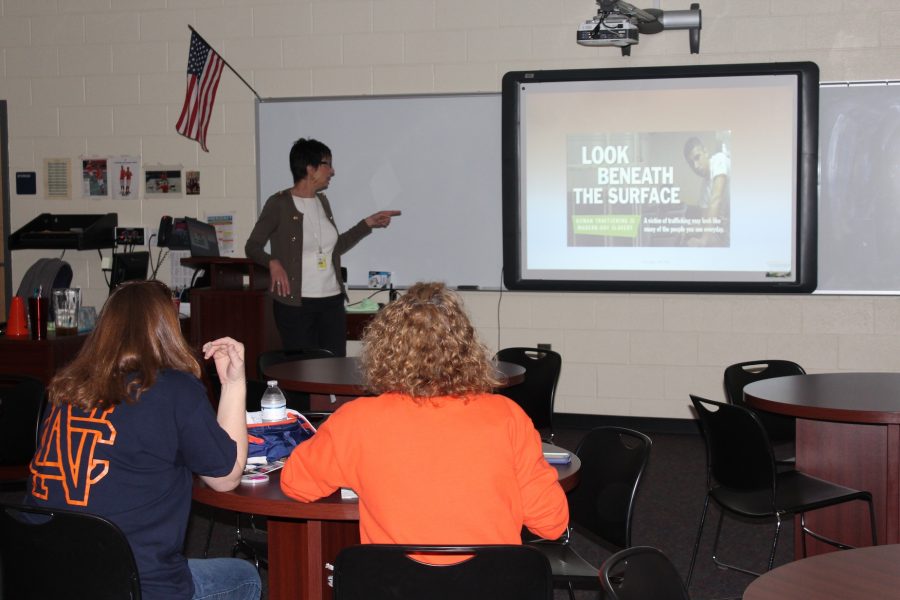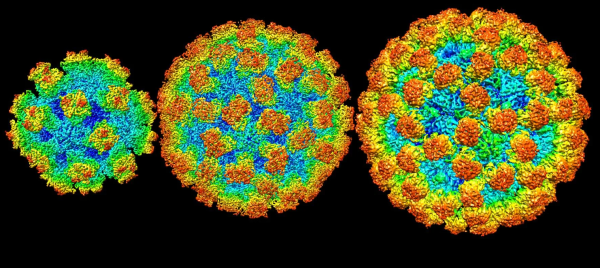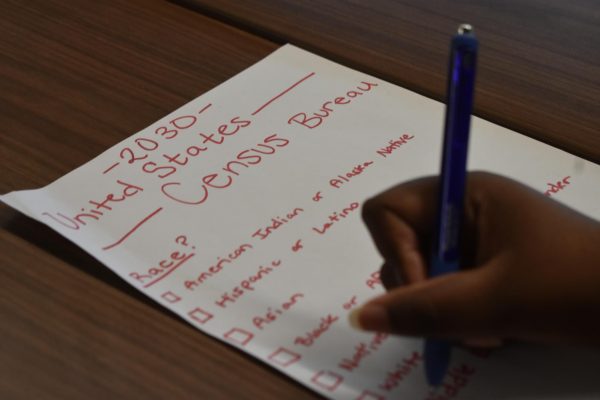Forensic nurse discusses human trafficking
Forensic nurse Gina Seger spreads awareness to students and staff by going through a brief powerpoint about the austerity of human trafficking.
March 28, 2017
Forensic nurse Gina Seger spoke to NC on Friday, March 24 in hopes of spreading awareness on the prevalence and severity of human trafficking.
Seger presented a powerpoint containing critical information on signs of human trafficking. She informed the audience that human trafficking transformed into the fastest growing industry in the world, slowly outreaching drug trafficking as people take victims for free and can sell them several times.
Seger showed images of tattoos that may signal trafficking, such as a bar code or a crown with a name on it. Traffickers utilize these tattoos as a way of broadcasting to a victim their ownership and hold over them.
Seger warned teachers that victims may also sit in their classrooms. She urged teachers to look for students who appear tired, come from poor families, and dress in expensive clothes. In addition, students who seem isolated, and especially those who miss multiple school days for no particular reason.
Outside of high school, trafficking also exists in elementary and middle schools.
“As of right now I know of two trafficking cases in middle schools,” Seger said.
Seger obtained her nursing degree at West Chester University of Pennsylvania in 1975. As a forensic nurse, she specialized as a sexual abuse examiner.
“As a sexual abuse examiner, I collect evidence after someone has been abused sexually that evidence is used to go to court with. Without the evidence, it’s hard to prove a crime,” Seger said.
Working in these cases sparked Seger’s interest in the human trafficking industry. She quickly learned of several cases involving students forced into trafficking, facing rape and abuse in schools and areas within metro Atlanta.
Seger decided to speak out to teachers in an attempt to prepare them for signs or situations that may relate to trafficking.
“I want teachers to be able to identify the risk factors and help and students,” Seger said.
Seger concluded her presentation with a message to teachers encouraging them to report any signs of trafficking, as they could be helping a student escape from trafficking, an industry Seger referred to as “modern day slavery.”



















